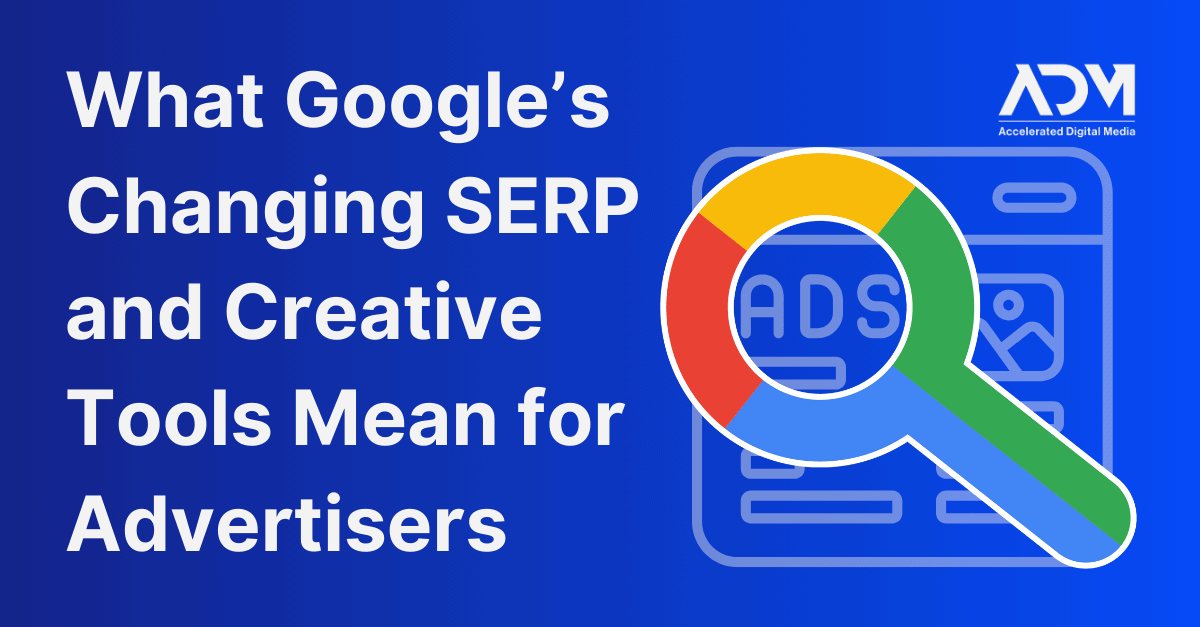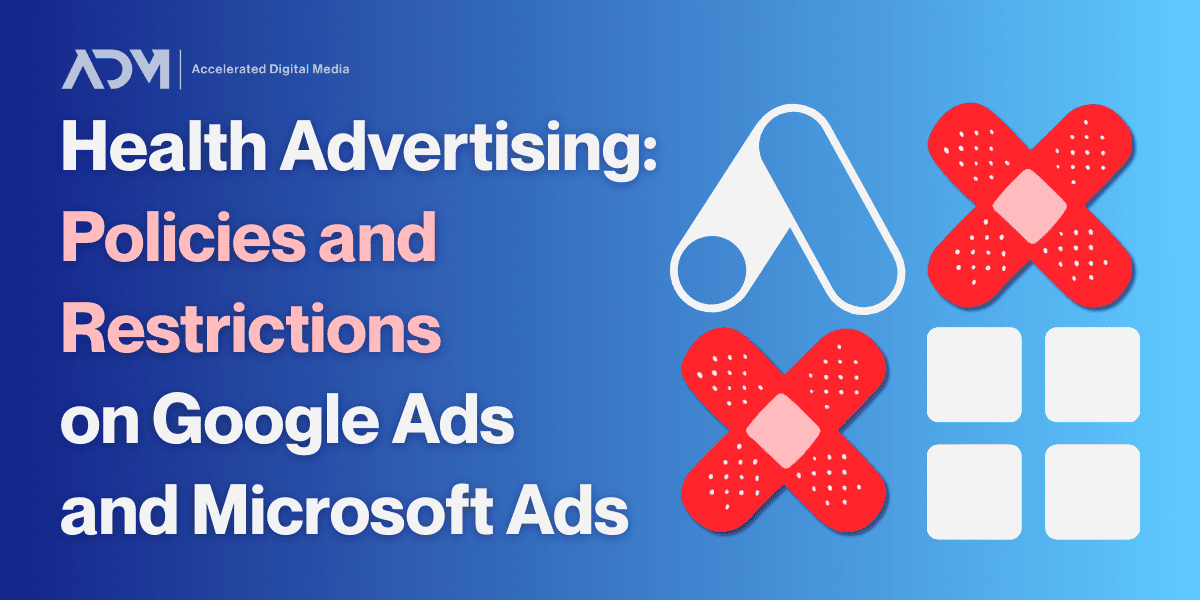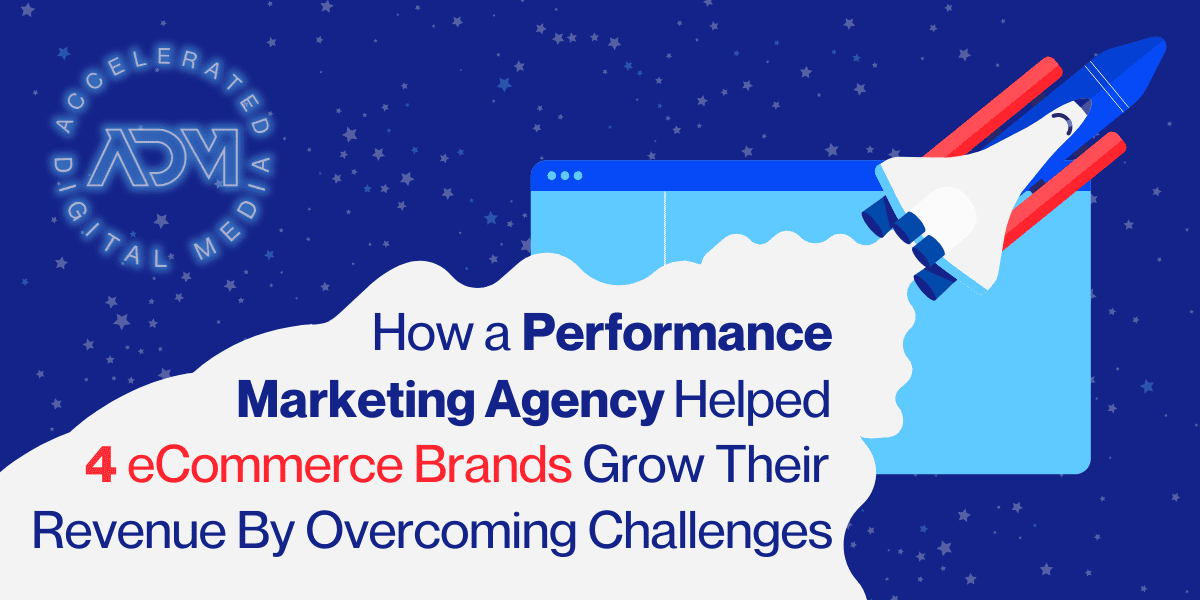Google’s search and advertising functionality are always evolving, but this year the tech giant announced some extremely significant changes to its creative and shopping offerings within Google Ads. The changes reflect an increasingly-visual SERP and the growing use of AI to populate it, which has big implications for how brands design, deploy, and measure their campaigns.
In this blog we’ll examine those recent updates, which include new creative tools, advanced shopping ad features, and evolving SERP dynamics, and then offer our take on what they mean for advertisers going forward.
New AI Image Editing and Creation Capabilities
Generative AI is suddenly everywhere, and that now includes Google Product Studio and Google Ads. This year, they’ve begun to incorporate it into different creative functions:
- Editing: Google’s in-platform editing functions have gotten a significant boost. Beyond just scaling lower-quality images to look better in ads, advertisers can now use AI to present their products in various settings. For example, a furniture retailer could use the product images in their shopping feed to display how their products would look in different AI-generated home settings.
- Branded Creative Asset Generation: Google Product Studio has introduced new tools that it claims will help advertisers quickly generate new brand-consistent ad visuals based on a single reference image.
- Image-to-Video creation: Product Studio also has introduced image-to-video technology, which means AI can generate a short video out of a static image—though its use cases for marketers aren’t entirely well defined yet.
Implications for Advertisers:
Generative image suggestions could help brands streamline their creative process by enabling them to test different creative options more rapidly, and by showcasing products in diverse contexts, you can inspire users to visualize different ways they could enjoy their products.
That said, it’s important to look at any creative that an AI platform produces with a highly critical eye. Such technology is still fairly new and prone to generating imagery that can be, frankly, downright bizarre.
Google’s Generative AI integrations are a welcome addition, but they should not replace anyone’s traditional creative production until they’ve proven they can consistently make high-quality, high-converting content. But advertisers who are interested in using them will need to experiment with them extensively to find the use cases that will ultimately benefit their marketing.
Enhanced Shopping Ads Features
Google has also rolled out several enhancements to shopping ads, aimed at making them more engaging.
- Automated Product Highlights: Google’s AI now extracts additional details from your product listings and summarizes positive customer feedback, which should help brands put more value propositions in front of potential customers with less lift.
- Video Highlights: Advertisers can now include short videos in Shopping Ads, which should be a creative opening for product demonstrations, influencer collaborations, and more.
- 3D Spin Functionality: This feature will allow advertisers to upload high-resolution images from multiple angles to create a 360-degree view of their products, though this feature will require a bit of a lift for the advertisers to use it.
- Virtual Try-On: With the virtual try-on feature, clothing and apparel brands can show users how their items look on various models with different body types, which could give potential buyers more confidence to make purchases knowing the item will be a fit.
Implications for Advertisers
In all, these new features are designed to make shopping ads more interactive and informative. By incorporating video content, 3D views, and virtual try-ons, advertisers will find increasingly clever ways to leverage them for more engagement and better conversion rates.
With all of these new integrations, shopping ads take up more space on the SERP, giving these ads a better chance of capturing user attention—though they now push conventional paid search and organic results further down.
With Shopping Ads becoming bigger, brighter, and more visual, advertisers may need to invest further in their creative, particularly video content and product photography. Brands with the largest variety of high-quality creative will be poised to succeed, whereas those that have not invested in that area lately may struggle to compete.
New Brand Profiles Raise Questions
Beyond the creative and shopping updates additions, another change that Google has implemented reflects the theme of a highly-visual SERP—while also raising questions about the impact it will have on paid search.
Google is also introducing what it calls “Brand Profiles,” a new informational section that will appear as a thick banner at the top of the SERP. These Brand Profiles will be populated from the brand’s Google Business account and its website. This profile will display key information about the brand, including promotions and local details, above both paid and organic search results—meaning it isn’t an ad type that brands can determine when and when not to display.
Implications for Advertisers
There are several unknowns when it comes to these Brand Profiles, like: How much control will the advertiser have over what is shown in the brand profile? Will advertisers receive any data about when these profiles display and how users interact with them? And will branded search ads still be necessary or even effective if a prominent Brand Profile consistently appears above your standard search results?
Keeping Up With a Changing SERP
As we’ve written in the past, Google’s embrace of AI and commitment to a more visual SERP aren’t new themes. The rate of change lately, however, has been pretty significant: If you’ve searched anything on Google lately, you’ve likely seen its Gemini AI chatbot, which attempts to generate answers to question-like queries so you can get the information you need faster.
A regular Google search today looks nothing like it did 3 years ago, and only Google can predict what it will look like a year from now. The potential problem with Gemini is that, if it can eventually provide trusted information, it will prevent a lot users from ever going to websites—which would be a huge blow for publishers and advertisers.
Substantial changes like these to the SERP have implications for how brands should approach Google Ads. If the goal on Google’s side is to diminish clicks to websites by presenting AI-generated answers and populating pages with more Shopping Ads and other highly-visible integrations, it makes sense for brands to begin evolving their strategy now.
At ADM, we pride ourselves in our early mastery of Google’s many transformative updates and our ability to understand their big-picture implications for the future of the industry. If you’re looking for a search engine marketing agency that can guide you through the latest changes, our team would be happy to talk.




